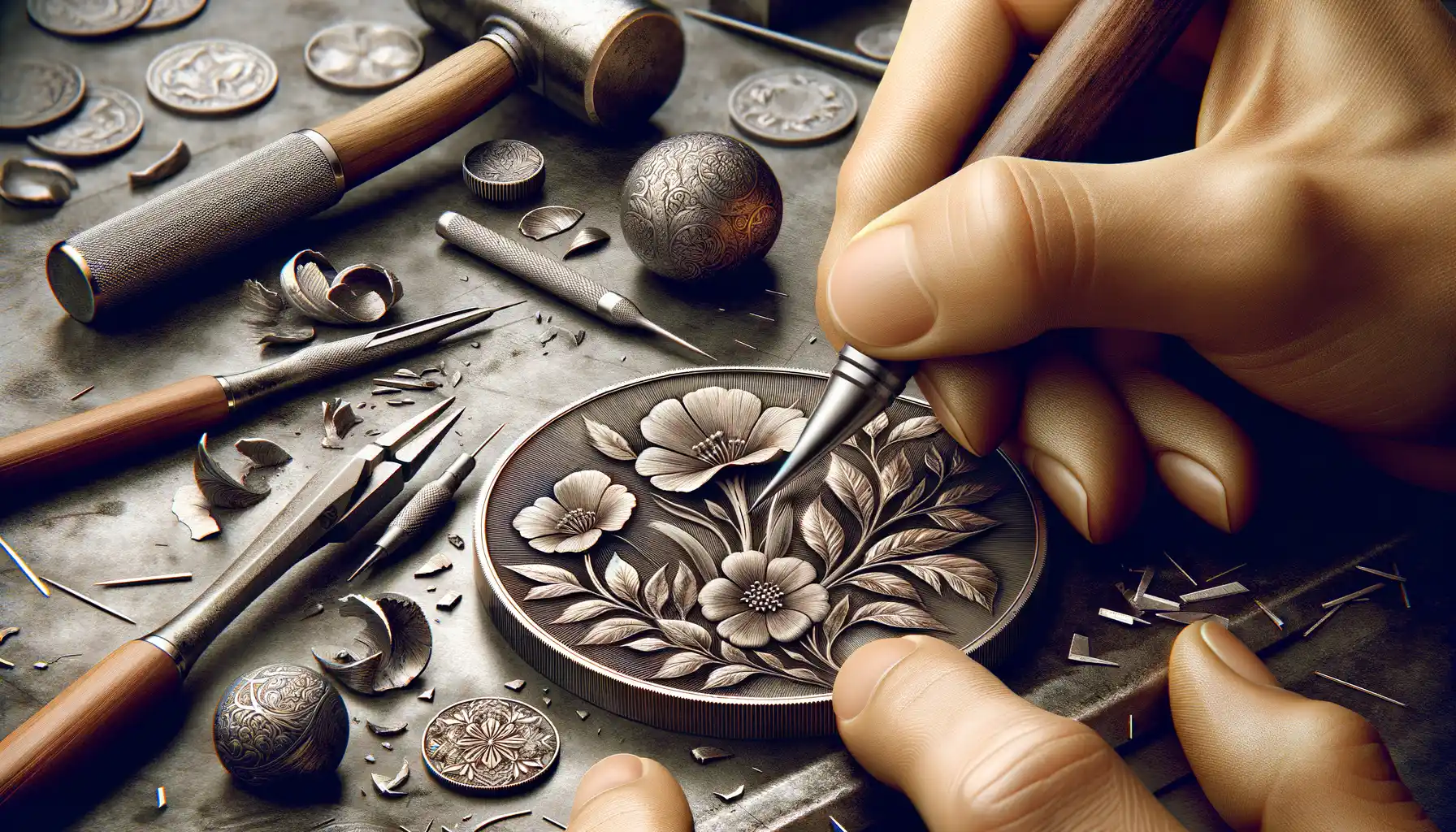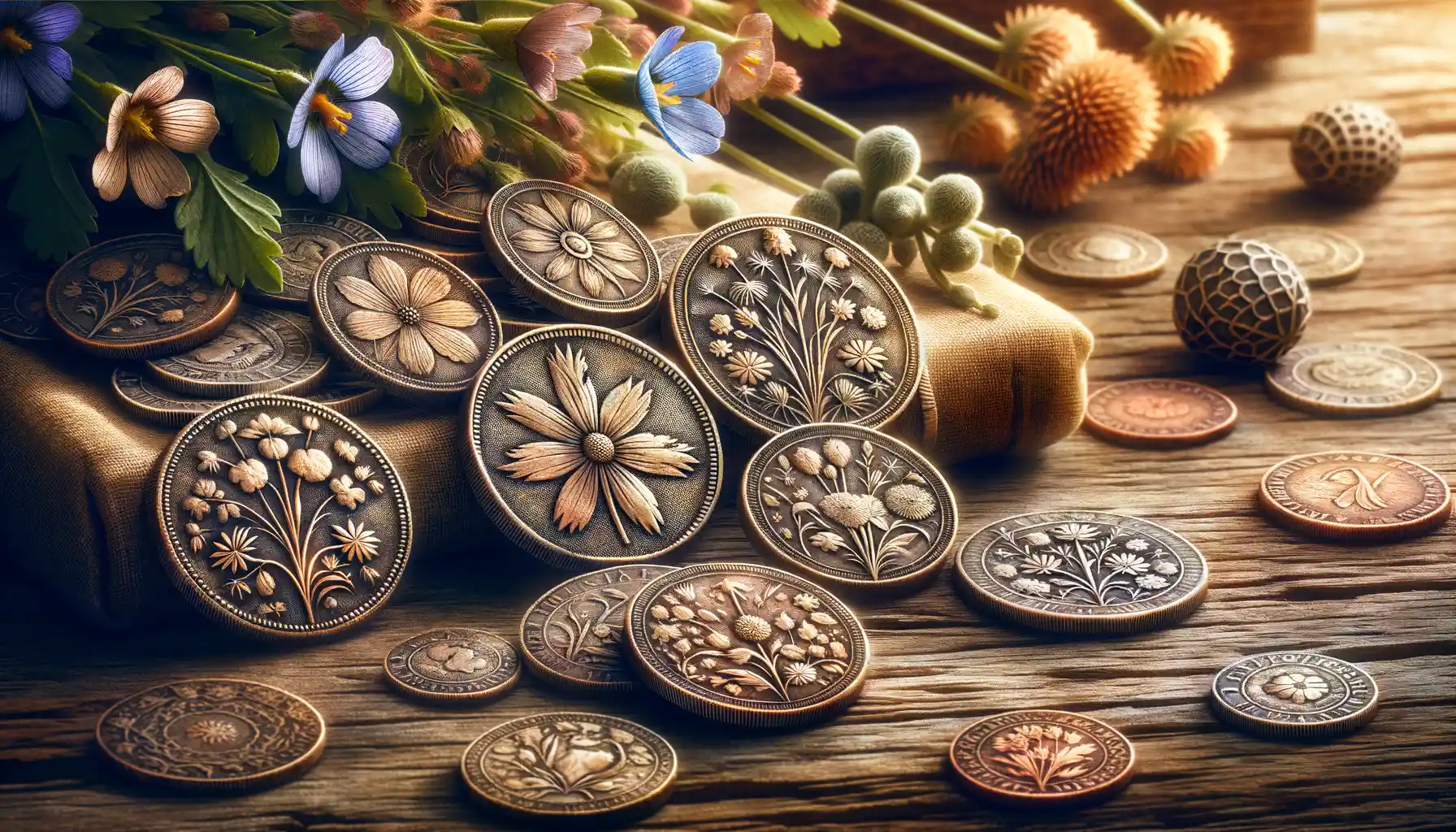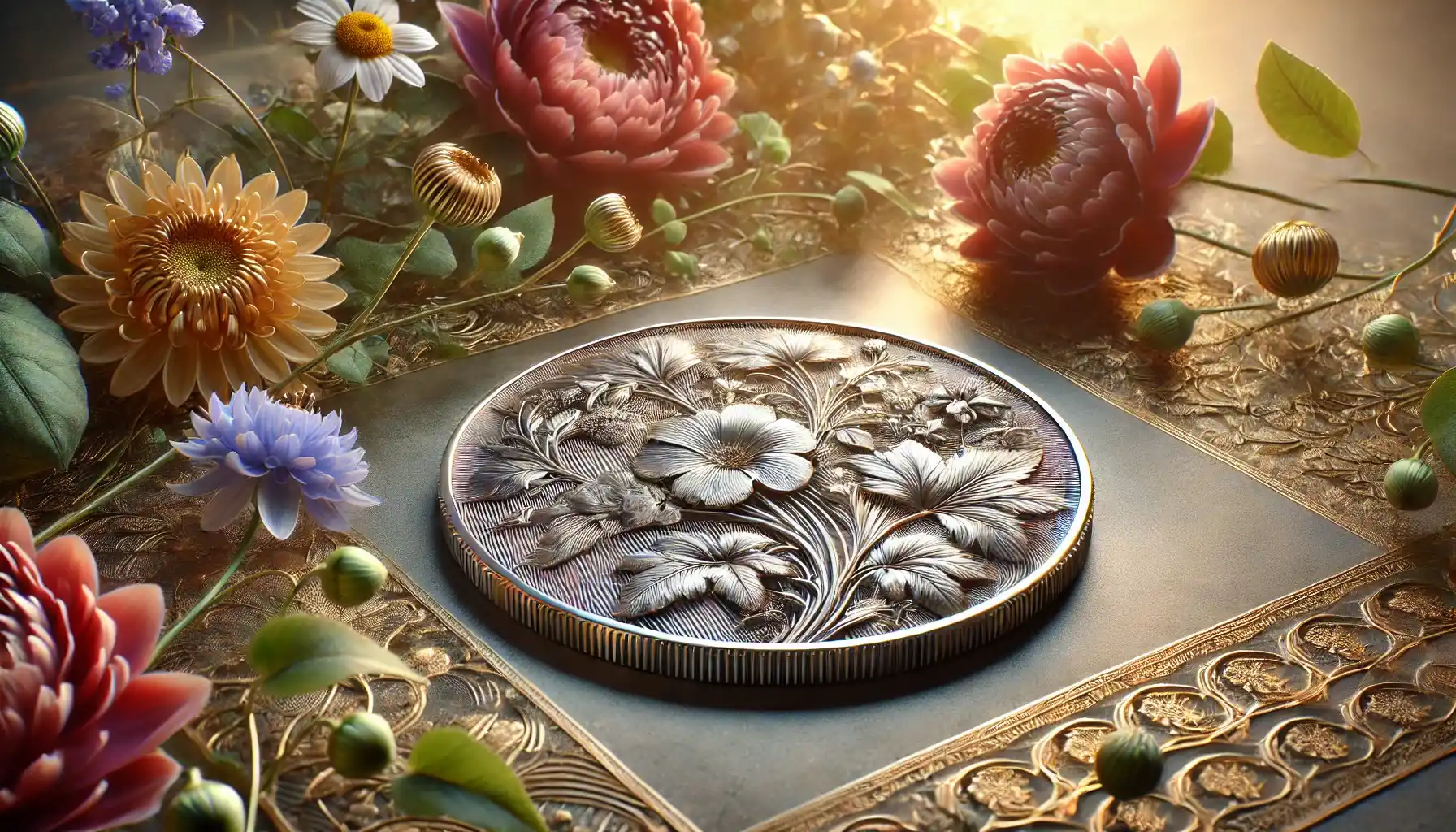The Cultural Significance of Coins in Flower-Hosting Nations
Coins as Storytellers of National Identity
In nations celebrated for their floral landscapes—think the vibrant tulip fields of the Netherlands or Japan’s delicate cherry blossoms—coins often serve as tiny storytellers, capturing cultural pride and identity. These miniature works of art can say more than words. In fact, a simple glance at a coin might reveal a nation’s love affair with nature, its artistic heritage, or its deep-seated traditions.
Take the Dutch guilder, for example. For years, it featured intricate designs inspired by the country’s famed tulips, echoing the 17th-century “Tulip Mania” that captivated the world. Coins like these carry whispers of history in your pocket while also serving as an emblem of shared cultural values.
- Symbolism: Flowers on coins often symbolize resilience, growth, and beauty unique to their regions.
- Aesthetic appeal: The intricate detailing brings old-world craftsmanship to life.
These coins aren’t just currency—they’re treasures passed through countless hands, tying us to generations before and connecting us to the natural wonders celebrated by flower-loving nations worldwide. Who knew loose change could be so poetic?
A Cultural Bouquet Hidden in Your Pocket
Ever held a coin that felt almost too beautiful to spend? In nations like the Netherlands, where flowers hold a special place in the heart of society, coins become more than metal discs—they transform into canvases. The choice to engrave a tulip or chrysanthemum isn’t random; it’s a deliberate nod to the land’s soul.
Beyond aesthetics, these designs remind citizens of their roots. Imagine a child turning over their first coin, seeing a tulip etched on its surface, and learning how it shaped their country’s economy and art. Such moments weave personal memories into national narratives.
Surprisingly, coins have even been conversation starters between generations—a grandfather recounting tales of flower festivals while holding a rare commemorative coin. These everyday objects open windows into lives long past, preserving culture through something as mundane yet magical as spare change.
History and Evolution of Coin Minting in the Netherlands
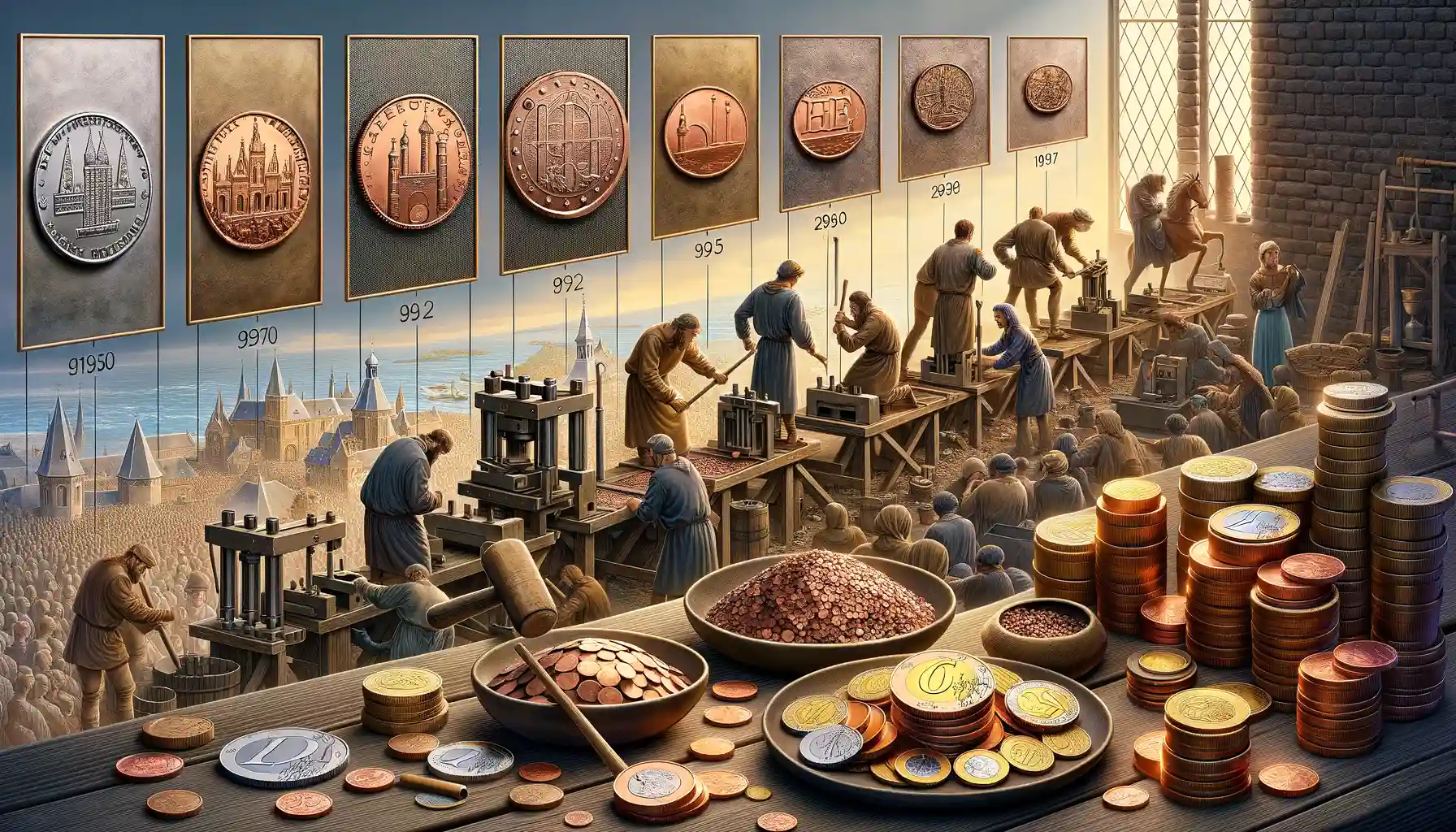
The Early Days: From Hand-Hammered Coins to Mechanized Precision
Take a step back in time and imagine the clinking sound of metal being hammered by hand—this is how coin minting began in the Netherlands during the Middle Ages. Each piece was unique, bearing the imperfections of human craftsmanship. The earliest coins, such as the medieval Groot and Stuiver, were small but carried immense value in shaping the Dutch economy. Fast forward a few centuries, and you witness the Dutch Republic’s hunger for innovation transforming minting into an art form. By the 16th century, mechanized coin presses arrived, heralding a new era of precision and mass production.
Symbolism and Change: How Coins Reflect Dutch History
Dutch coins aren’t just currency—they’re tangible history lessons. When the Netherlands gained independence from Spain, coins became a symbol of newfound freedom. The famous rider coins, emblazoned with a knight on horseback, proudly asserted Dutch sovereignty. Over time, designs evolved to showcase cultural pride, from the tulip-inspired bits of floral artwork to depictions of rulers like Queen Wilhelmina and King Willem-Alexander.
Today’s coins are technological marvels, yet they still whisper tales of the past. It’s not just about money—it’s about the bridges between eras, etched in metal.
Iconic Flower-Based Designs on Dutch Coins
![]()
The Blossoming Beauty of Dutch Coin Art
Picture this: a tiny metal canvas cradling centuries of Dutch culture, history, and yes—floral romance! Dutch coins have long been the perfect marriage of pragmatic currency and exquisite artistry, and when flowers enter the picture, they breathe life into these small treasures.
Take the iconic 2 Euro commemorative coin from 2015, for example. It’s a tribute to King Willem-Alexander, but look closer and a familiar bloom graces its design: the timeless tulip. This flower isn’t just a pretty face; it whispers of the Netherlands’ Golden Age, when tulips were worth their weight in gold—and then some.
If you’ve ever held a guilder from the late 20th century, you might have noticed the delicate Queen Juliana silhouette juxtaposed against floral motifs on special editions. Coins like these speak to the Dutch love of blending elegance with storytelling.
- The daffodil on smaller one-off issues, symbolizing rebirth and hope.
- Stylized floral engravings from designer Jaap Drupsteen, capturing both nature’s beauty and modernist charm.
It’s as if each coin carries a piece of the Netherlands’ vibrant gardens in your pocket—a fragrant nod to the artistry of a flower-hosting nation.
Comparing Coinage Traditions Across Flower-Hosting Countries
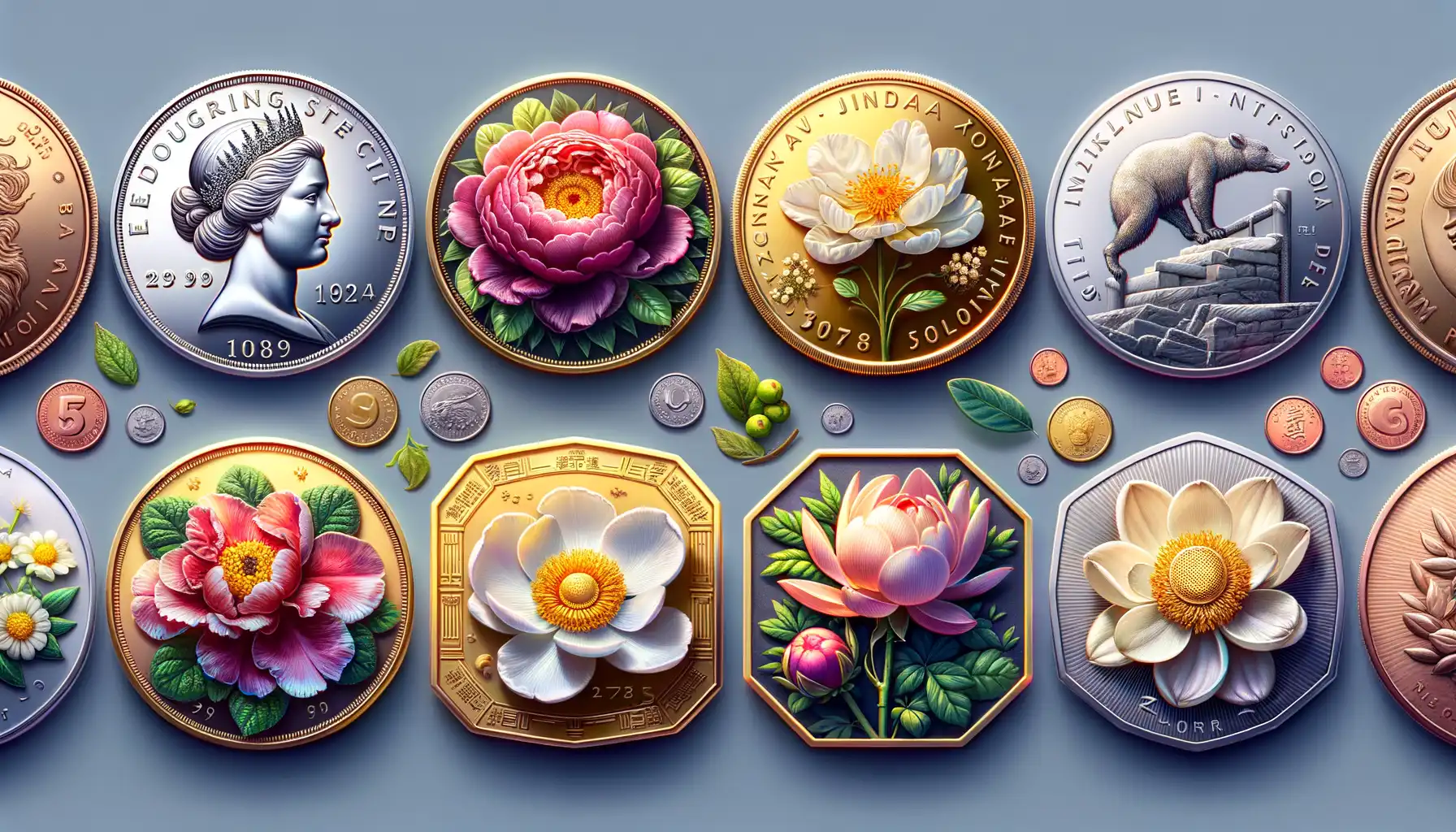
A Kaleidoscope of Coin Traditions Across Blooming Nations
When you think of coinage in flower-hosting countries, it’s like holding a bouquet of cultural stories in your palm. Every country has its own rhythm when it comes to designing coins – some whisper tradition, while others shout innovation. Let’s wander through this shiny garden and compare!
Take the Netherlands, for instance. The Dutch have a penchant for clean, elegant designs that often spotlight their iconic tulips. Their coins feel like pieces of art crafted by nature itself – simple yet stunning. Now skip over to Japan, another flower-loving nation. Here, the chrysanthemum, their national symbol, graces certain coins with intricate detail, reflecting centuries of respect for tradition and imperial legacy.
Other nations like Canada go all-in on vibrant flora. Ever seen their collector coins featuring the maple leaf or the beautiful Canadian rose? They’re proof that coins can be canvases for passion.
- Netherlands: Minimalist, serene tulip motifs.
- Japan: Regal chrysanthemum crests underscoring history.
- Canada: Bold, colorful floral artworks on collector pieces.
Each coin is like a petal in a global bouquet, distinct yet harmonizing with the whole. What stories will your pocket change tell you next time?
The Future of Coin Design in a Globalized World

A Blossoming Canvas: Coins as Global Storytellers
Close your eyes for a moment and imagine the delicate petals of a tulip immortalized on a coin. Now, picture that same tulip redesigned to tell the story of sustainability or global unity. This is where the future of coin design is headed—a fusion of artistry, culture, and the shared challenges of our interconnected world.
Modern coinage is no longer confined to local traditions or historical tributes; it’s rapidly becoming a medium for universal storytelling. Picture this: a coin minted in the Netherlands adorned with both a windmill and a cherry blossom to symbolize its ties to Japan. Amazing, right? As nations collaborate like never before, design ideas are taking flight across oceans and borders.
- Eco-friendly materials, like recycled metals, are stepping into the spotlight.
- Dynamic designs incorporating augmented reality could make coins interactive.
- Floral motifs may evolve into symbols of environmental consciousness.
What’s extraordinary is the emotional weight these coins might carry. Imagine holding a piece of metal that feels like a handshake between cultures—a token of shared history and a promise for a sustainable future.
Technology Meets Tradition in Tomorrow’s Minted Art
The globalization of coin design is not just an aesthetic shift; it’s a technological marvel. With tools like 3D printing and laser engraving, mints can now achieve breathtaking detail, making every petal of a daisy or crocus leap off the surface. And while this meticulous craftsmanship dazzles, digital technologies are also weaving themselves into the narrative. QR codes on coins? Why not! Scan them to learn about a flower’s origin or the story behind a design collaboration between nations.
Even so, tradition hasn’t fallen by the wayside. Skilled engravers still pour their souls into each groove, ensuring that even in a tech-driven era, coins remain tangible bridges to our past. And who knows—perhaps the next Dutch coin you hold will be as much a lesson as it is a work of art. Who wouldn’t want to carry a small, shiny slice of global harmony in their pocket?

